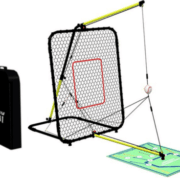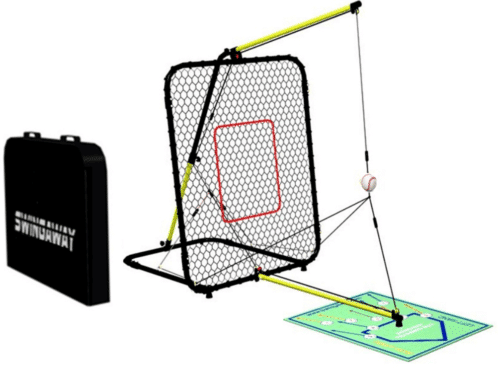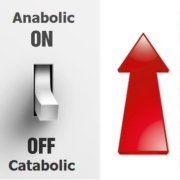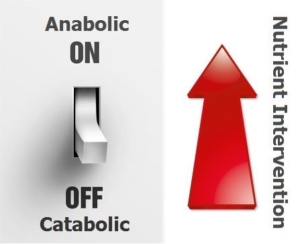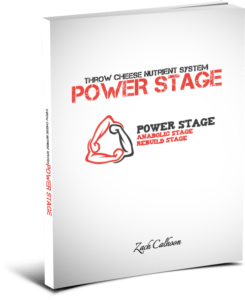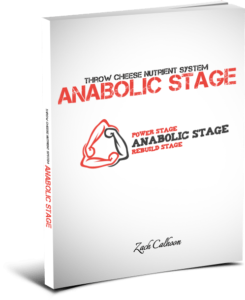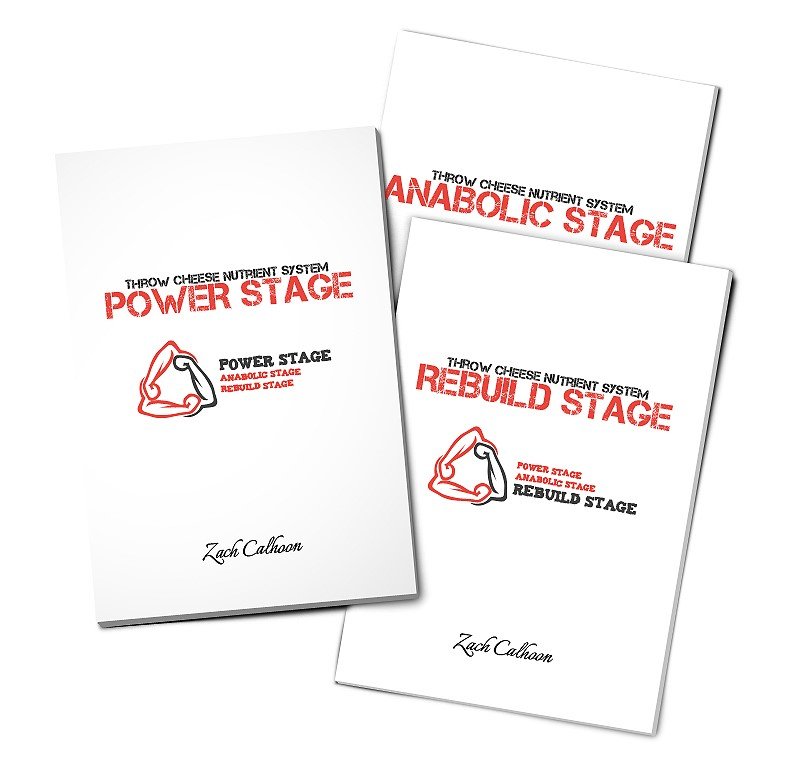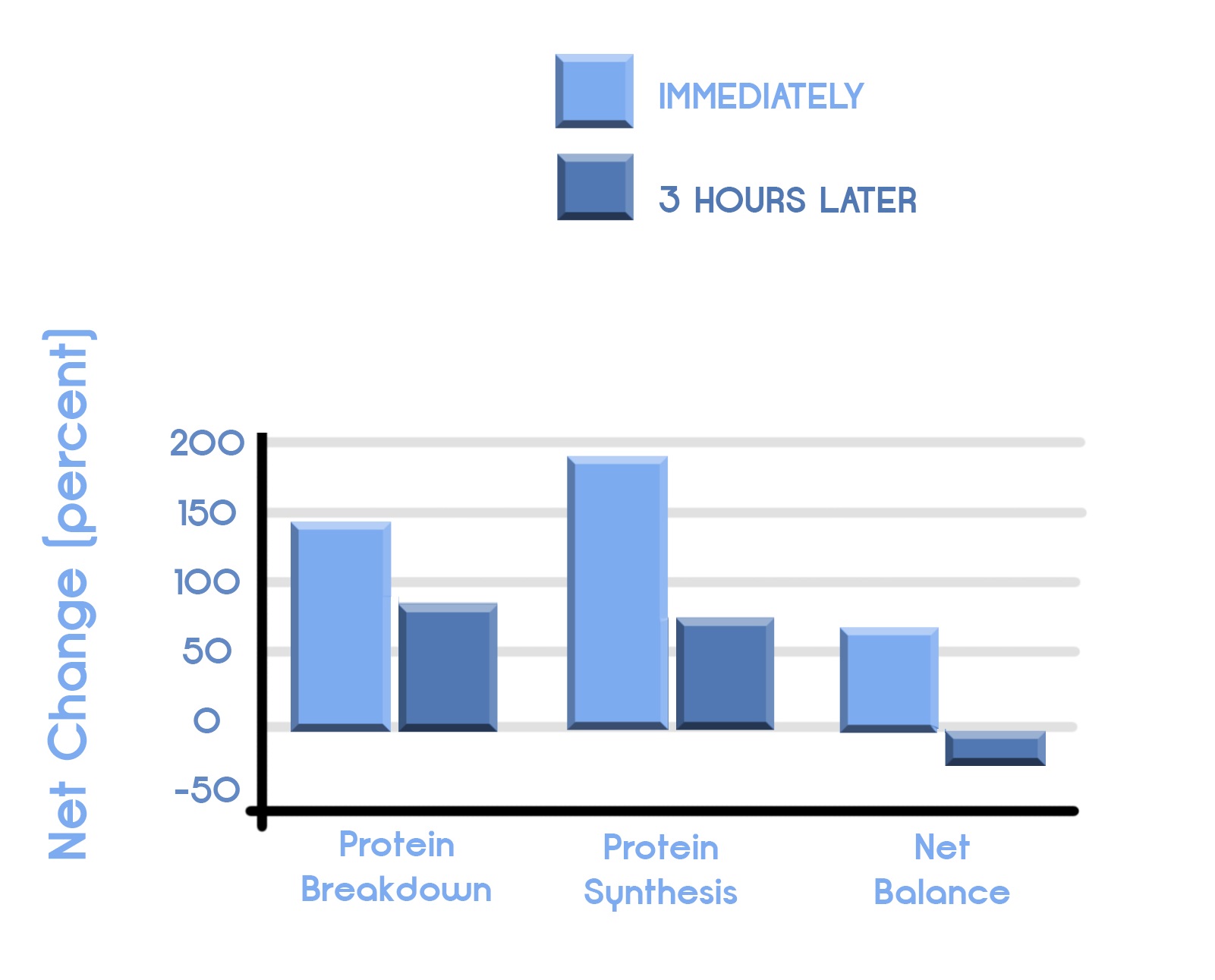SwingAway Baseball Swing Trainer: How-To Build A Swing You Can Be Proud Of…
This article presents a general framework to conduct 8th grade science fair project hitting experiment ideas for baseball and softball players. Sweet spot swing experiment topics should include Physics articles, books, facts, and questions. Using the scientific method is key…
I’ve wanted to do a “how-to experiment” post for a long time. But in the past, technology hadn’t quite caught up,
…and NOW it has!
Mark Twain once said:
“Whenever you find yourself on the side of the majority, it is time to pause and reflect.”
I want:
- …To lay out the landscape, in this Baseball Swing Trainer post, about using the SwingAway for conducting hitting experiments,
- …This article to empower you to take up arms with me, and turn conventional hitting wisdom on its stubborn little head, and
- …To inspire you to use modern technology to build a swing we ALL can be proud of.
I’m embarrassed to share the following story…
I did my first hitting experiment in the sixth grade with a buddy, for a school project.
My friend and I ran an experiment to see if a wood or aluminum bat could hit the ball farther.
One day after school, we pitched to each other at the Little League diamond we played our games at. We used two aluminum Easton baseball bats and a Ken Griffey Jr. signature Louisville Slugger woody. One aluminum bat was 32-inches and 24-ounces, and the other was 31-inches and 23-ounces. And I can’t remember what the woody measurements were, but it was comparable.
I think we might have hit about 50 balls with each bat (150 balls total) and get this…measured the distance with our feet! 😀 lol
Based on our results, guess which bat hit the ball the farthest? Wood or aluminum? The wood bat!!! Waaa??
Well, it was only because we weren’t being very scientific with our scientific experiment. One of the big reasons we didn’t get a good grade on the project was because we DID NOT isolate the variables…
- We threw LIVE batting practice to each other. We should have used a baseball hitting trainer like a batting tee or SwingAway (wasn’t around at the time).
- We both took turns hitting, and didn’t separate our individual batted ball distances.
- We used different sized bats.
- We measured using our own feet…I was a men’s 8/9 at the time, and my buddy was an 11. We should’ve used a rolling tape measure.
- We only took a small data sample size. We should’ve hit 100 balls with the wood bat, and then 100 with aluminum. AND we should have only used one of the aluminum bats (preferably the one closest in size and weight to the woody). So 400 swings total (200 swings for me, 200 for my friend). Then compared apples to apples.
Remember, failure is only a detour, not a dead end 😉
The good news is,
You don’t have to be a scientist to run a hitting experiment.
What follows is the exact formula I use now, to run my hitting experiments using the SwingAway baseball swing trainer. My hopes is that you pick up arms, and join me in the fight…
The Definitive Guide to Conducting a Baseball Swing Trainer Experiment
Up until now, here are SIX hitting experiments I’ve run:
- Long stride versus limited stride,
- Showing number versus not showing numbers,
- Landing open versus closed,
- Pre-turn hand tension versus none,
- Bent back knee versus straighter back knee during the turn, and
- Bent landing knee versus straighter landing knee before the turn.
Equipment & Setup
You can read the full list at the above swing experiment links. But here are a couple pieces of equipment that will have a drastic effect on bean counting and saving time doing the experiment itself…
BlastMotion Baseball App
Great tool for collecting data. It’s not perfect, but all we need is an apples to apples comparison. Unfortunately, the Zepp app DOES NOT allow you to separate experiment swings from recreational ones. You have to delete ALL swings before doing an experiment, unless you want to do the bean counting yourself.
You’ll also need to create two email accounts with Zepp to separate the two experiment tests. Zepp allows you to “Add a Hitter” in one account, but it doesn’t allow you to separate that data from other hitters or swings and average the data out.
SwingAway Baseball Swing Trainer
I just started using a SwingAway for my swing experiments. I used to hit the ball off an ATEC Tuffy Batting Tee, but it was taking me 2 1/2 to 3 hours to run my experiments. Fatigue could set in and skew the results. Some experiments where you’re looking at ball flight (like Bent Back Knee experiment above) will most definitely need to be done off a batting tee.
Using the SwingAway baseball swing trainer took me only 1 1/2 hours! NO need for:
- Ball cleanup,
- Ball setup, or
- Waiting more than a few seconds for the ball to return to its stationary position.
This saved me a ton of time. All you need is a 10 X 10 space to conduct your SwingAway baseball swing trainer experiment.
Baseball Swing Trainer Experiment Optimization Tips…
- Limit Variables – The main objective of a baseball swing trainer hitting Experiment, is to isolate what you’re trying to test. Like my sixth grade experiment from earlier, there were too many variables that we didn’t control.
- Priming the Pump – I always start an experiment by warming up my body with a pre-practice routine, similar to this Dr. Stanley Beekman’s post. You don’t have to do all included exercises, so pick about eight of them. I’ll also take about 10-15 swings focusing on the specific mechanic I’m going to be testing that day. For example, if I was testing showing the pitcher my numbers versus not, then I’d do 10-15 swings both ways, so 20-30 swings total before officially starting the experiment. We prime the pump so nobody can see, “Well, your numbers sucked in the beginning because you weren’t warmed up.”
- Counter-Balancing – The two tests in the experiment should be counterbalanced. Which consisted of eight blocks of 25-swings done in the following order ABBA BAAB. Say “showing the numbers” was letter ‘A’, and “not showing the numbers” was letter ‘B’. 200 total swings are to be completed in the experiment, 100 per test. Counter-balancing helps remove the “getting tired” and “not being warmed” up factors.
- More Data Points – I take at least 100 swings for both tests in the experiment, so 200 swings total (not counting warm-up swings). So, taking the “showing numbers” as an example, I’d take 100 swings showing my numbers, and then take another 100 swings not showing my numbers. The Zepp App is a useful technology, but isn’t super accurate. But the more data you collect, the closer to the “real” numbers you’ll get.
- Break the Swing Apart – If you aren’t confident that you can repeat a specific mechanic consistently for 100 swings, then break the swing apart, like I talk about in this YouTube video. I did this in the showing the numbers experiment above.
- Collect Ball Flight Data (optional) – for some mechanics, like testing the back leg angle during the turn experiment, it’s critical to collect ball flight data on the Zepp app. Zepp allows you to manually input where you hit the ball after each swing. Testing the grip on the bat would be another example. Also, adding Ball Exit Speed readings could enhance the baseball swing trainer experiment, Bushnell Velocity Radar Gun
(about $80), or Stalker Radar Gun
($500+). ESPN’s HitTrackerOnline.com uses the latter in all MLB ballparks. Just remember, accuracy isn’t as important as an apples to apples comparison.
- Recovery – I usually will give my body about 30-minutes rest between the first 100 swing test and the second. I now use supplement timing like Zach Calhoon maps out in these posts. I sip on Zach’s “concoction” throughout the full experiment to keep my muscles fueled. I then take Vitamin C and E capsules afterward to help with soreness.
- Brainstorming Experiments – Don’t have any ideas on what to test? I did the heavy lifting for you. And by no means is this an exhaustive list of possible experiments. CLICK HERE for my brainstormed list.
- Take Notes – make note of my “notes” in the above experiments. Basically, the notes section are things that you noticed while doing the tests that may not be apparent to the person reading about the experiment.
In Conclusion…
In this baseball swing trainer post about using the SwingAway for hitting experiments, I wanted to lay out the landscape and empower you to help me take up arms. I want to turn conventional hitting wisdom on its head, and use modern baseball swing trainer technology to build a swing we ALL can be proud of.
Let’s revisit the Mark Twain quote from earlier:
“Whenever you find yourself on the side of the majority, it is time to pause and reflect.”
I need your help and can’t fight this fight alone. I want you to take action…
My challenge to you is let’s band together and conduct 30 Experiments in the next 30 days. If all of us do at least one swing experiment, then we should be able to knock this goal out by July 15th.
Just post your baseball/softball hitting experiment results below in the comments section. Reply with:
- What experiment you ran (from the brainstorm list above)?
- How many swings per test (i.e. 100/100), and what order did you do the test?
- What bat did you use (length, weight, and wood/aluminum)
- Hit off tee or Swingaway baseball swing trainer?
- What metric changes were significant (bat speed/hand speed/bat vertical angle at impact/attack angle/ball flight/ball exit speed)?
Thanks in advance for your baseball swing trainer experiment comments!

